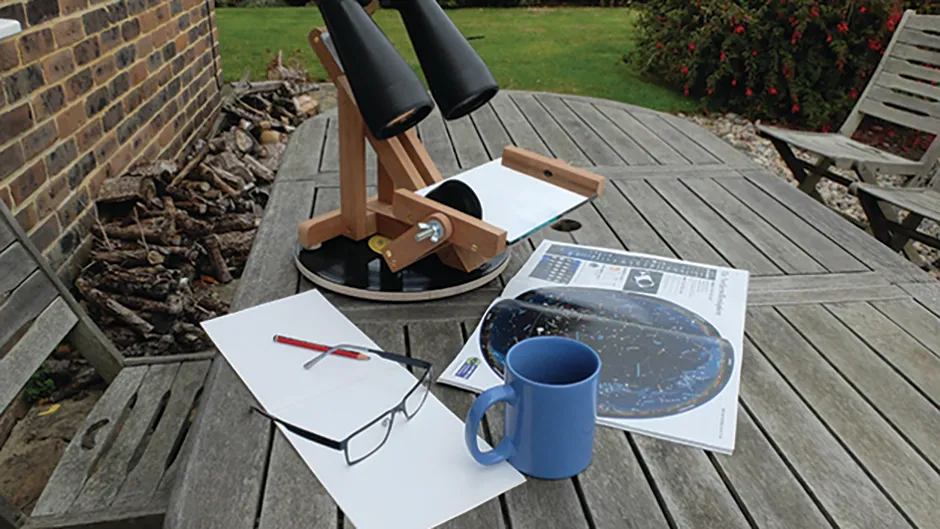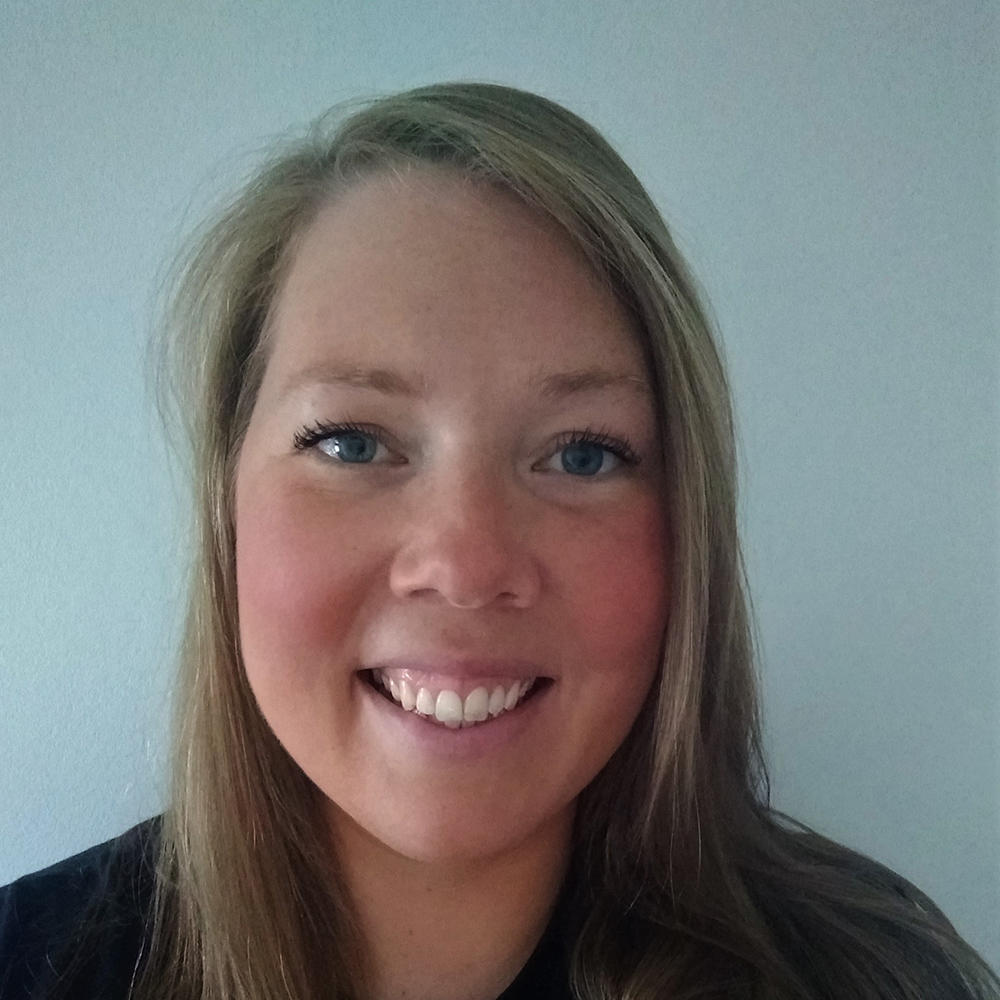Astronomy is a hobby that often requires long drives to dark sky sites and lugging heavy equipment around, followed by hours looking through a telescope. Such astronomical pursuits - which many of us take for granted - may be difficult for fellow astronomers with physical disabilities.
Stargazing can entail investigations of subjects in magazines, journal articles or attending lectures at a local society. Not all of these activities are immediately accessible to people with disabilities, so how can we make astronomy more accessible?
Ian Candler is an amateur astronomer and member of Castle Point Astronomy Club in South East Essex who has been disabled for over ten years.
Following a back injury, he is severely restricted in the physical activities he can carry out and has had to modify his equipment choices in order to continue his astronomical pursuits.
"The first thing you need to do is accept the limitations your physical abilities place on you," says Ian.
"Accepting your limitations is one of the hardest parts of dealing with physical disability. Most assume that if they can't get out, they can't take up astronomy, yet this couldn't be further from the truth."
Telescope mounts are cumbersome, counterweights weigh quite a few kilograms and reaching the eyepiece may seem difficult for some. Astronomers who use wheelchairs, for example, may not be able to carry and set up heavy equipment.
Complete some of our DIY projects to create your own permanent setup:
- How to build a rolling telescope dolly
- How to automate your observatory
- How to build a wheeled telescope tripod
"Mounts are going to be restricted, with a lot of German equatorials being too heavy to manage on your own," says Ian.
"Personally I feel they are best left to a permanent installation. This could be in a shed you have converted into an observatory, or even on some hard standing with a good quality all weather cover."
Fellow amateur astronomer Adrian Lilly of Guildford Astronomical Society has modified his garden observatory to suit his needs.
Adrian has cerebella ataxia, which affects his balance and he relies on a walking stick to get around.
He has built his own observatory in his garden using a standard shed, fitted a roll-off roof and even constructed his own 10-inch pier that has been filled with sand.

The sand reduces vibration in the pier so Adrian is able to maintain a steady image even if his eye hits the eyepiece when he is looking through the telescope.
The observatory comes complete with a separate observation room where Adrian can control the scope remotely.
Remote telescopes are a great way for disabled or visually impaired astronomers to enjoy the night sky without having to worry about the hazards of ground conditions or lack of light when visiting a dark sky site.
Pete Williamson, astronomer and broadcaster, regularly uses remote telescopes to observe and photograph deep-sky objects.
"If you have limited movement, you can still use a telescope for astrophotography by simply sitting at a computer and logging on," he says.
"Any object in the sky can be imaged, from NGC 51 in the southern sky to M31 in the northern.’
The astrophotographs are easy to manipulate and only a basic level of processing is required with the likes of Photoshop.
Take a look at www.itelescope.net, www.slooh.com or www.faulkes-telescope.com to get started.
Binocular astronomy is a popular way of gazing at the celestial objects above.
Bincoluars are easy to handle, no assembly is required and anyone can use them, making them a good option for those on a lower budget.
"Targets like the Pleiades, Melotte 111, Melotte 186, and the Hydra's Head are far more suited to binoculars than telescopes," explains Steve Tonkin, author of Binocular Astronomy who has used binoculars to observe the night sky since the 1960s.

Binoculars are great for wheelchair users. "If you use hand-held binoculars, then you do not have any problems with the wheelchair and the tripod legs engaging in territorial dispute," says Steve.
"Also, the wheelchair has built-in elbow rests for steadying the binoculars."
In the UK, many amateur astronomers will be members of a local astronomical society.
Society lectures or events at observatories can be made more inclusive for visitors who are deaf, hard of hearing, visually impaired or physically impaired.
Nick Tanton, current president of Guildford Astronomical Society, says astronomy societies should try hard to be inclusive and provide ease-of-use for everyone.
"Such provisions should include using inductive loops for lectures, offering any printed material in a suitable font, W3C-accessible websites, selecting outreach locations and designing society observatories with due consideration of accessibility issues," he says.
"We should also be encouraging manufacturers and astronomy software suppliers to offer multi-modal prompts and user-instructions that have been tested on people other than the designer."
Cornelia Ahearn is a member of GAS who has 30 per cent hearing loss and wears two hearing aids.
Being hard of hearing has not prevented Cornelia in any way pursuing her hobby.
The only obstacle is the lack of an inductive hearing loop in the particular lecture theatre at the local university where the GAS lectures are held; however a useful app on her tablet or smartphone called ‘MobileConnect’ has enabled Cornelia to enjoy hearing the lectures without the loop as the app permits assistive hearing over WiFi.
In 2019 the University of Manchester held a workshop called ‘Communicating Physics and Astronomy to a Visually Impaired Audience" organised by Rob Appleby of the Tactile Collider project.
The project aims to make the physics of particle accelerators and the Higgs Boson accessible to all by removing the barriers that might prevent blind and partially sighted learners from learning more.
Dr Megan Argo, a lecturer in astronomy from the University of Central Lancashire, attended the workshop.
She explains that using models and having tactile demonstrations can really help learners engage and understand the workings of our Universe.

"The experiences of someone with visual impairments showed the participants that scale models are most useful if they are of a size that people can feel with their hands.
"Once you have to move around the model, the sense of scale is hard to keep. If an astronomy or physics engagement model or activity is designed to be fully-inclusive from the start, you can make it more useful for everyone."
Using a Solar System bracelet developed by Emma Wride, Project Manager at Astro Cymru, Dr Argo could demonstrate to the participants by touch the scale of the Solar System with regard to the Sun, the planets, comets and asteroid belt.
The bracelet is mathematically to scale and each black bead represents 0.1 astronomical units.
Emma delivers multiple space-related workshops in schools and devised the bracelet as a faster way to show pupils the scale of the Solar System and has proven to be an invaluable tool to aid learners with visual impairments.
Astronomy is a multi-sensory subject involving the use of sight, hearing and touch.
Classroom-based learning through events or STEM outreach programmes can tackle these sensory limitations and bring new and exciting aspects to studying astronomy.
With the advancement of modern technology and the many outreach programmes in all disciplines of the field, astronomy is a subject and hobby that can be accessible for all.
It is inclusive and with honesty, openness and acceptance, all astronomers no matter their ability or level of experience can accomplish and succeed in this wonderful subject.
It is clear that the only limit is our wonderful sky.
